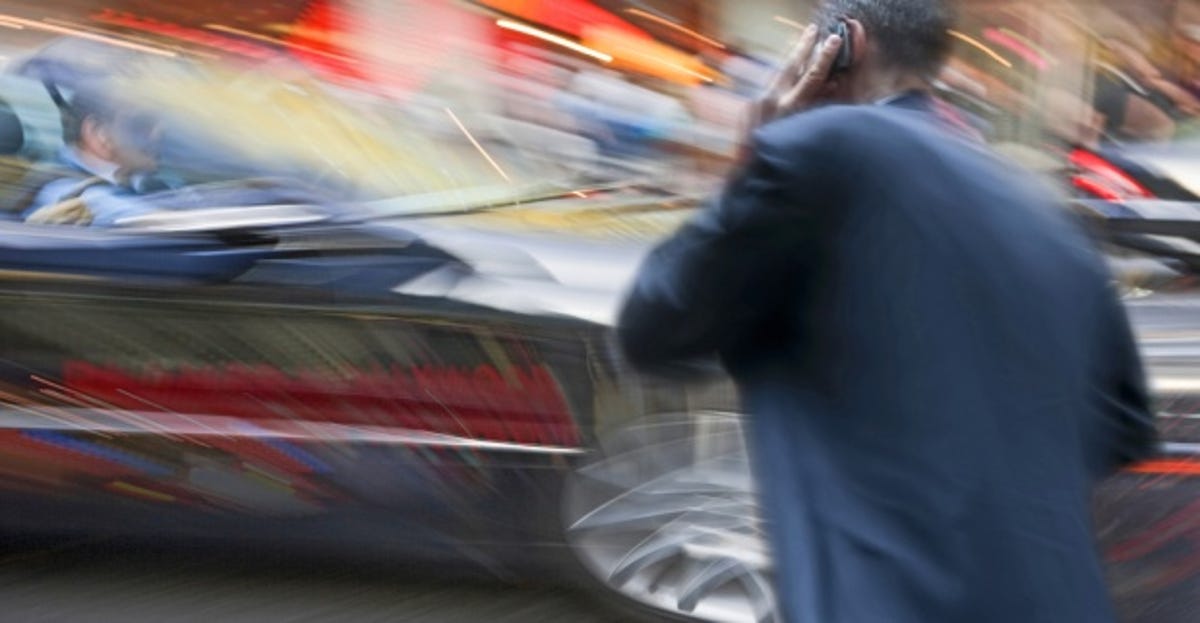
Mobile network O2 UK has started rolling out the current fastest variant of 3G. Don’t get too excited yet: this isn’t the 4G speed hike we’ve all been waiting for — it’s an incremental improvement while operators jockey for position ahead of the 4G spectrum auctions.
DC-HSPA, which stands for dual-cell high speed packet access, could see typical mobile data download speeds doubling. The variant of DC-HSPA O2 is rolling out has a theoretical maximum of 42Mbps. That’s double the topline speed currently supported by the more widespread HSPA+ flavour of 3G, albeit real world speeds are likely to be far more modest than that.
A spokesman for O2 yesterday confirmed to me it has kicked off a rollout of DC-HSPA to “major UK cities”. He was unable to specify exactly which cities are getting the upgrade first, but London, Birmingham and Manchester are likely candidates.
“We have begun rolling it out across the UK — starting with major cities,” he said.
Apple included support for DC-HSPA in the UK version of the new iPad (the US version of the tablet packs LTE/4G), while Nokia has also added DC-HSPA to the European variant of its Lumia 900 smart phone. To take advantage of the DC-HSPA tech inside either of these devices you need to be using a portion of a network that has support for DC-HSPA — so any speed increases are dependent on where you are using the device and which network it’s using.
Other UK operators are also waking up to DC-HSPA. A spokesman for Three said it is planning to start a nationwide rollout of the up to 42Mbps flavour of DC-HSPA this summer, while Everything Everywhere — the company which owns Orange and T-Mobile — said it is aiming to roll out the DC-HSPA variant in the fourth quarter of this year.
Vodafone told me it started rolling DC-HSPA out about a year ago — also to major UK cities — and continues to roll it out. However the variant it has in its network is not so speedy — with a theoretical maximum of 28.8Mbps.
A Vodafone spokesman said it doesn’t currently have any plans to upgrade this to the 42Mbps flavour.
The future 4G boost known as LTE — or long term evolution — requires new spectrum, so can’t simply be added by operators to their existing networks. This rollout is on hold until at least 2013.
Are you a new iPad owner who uses O2’s network in London? Tell us what typical speeds you’re getting by posting a comment below or heading over to our Facebook page.



